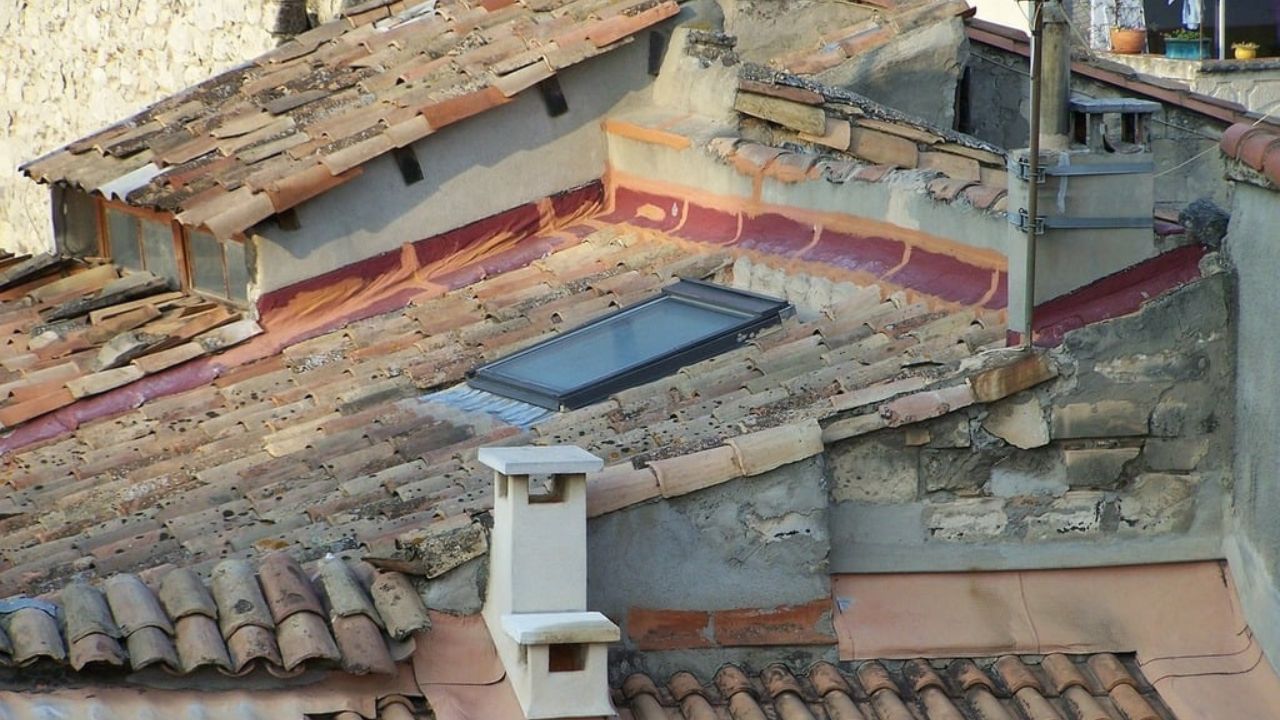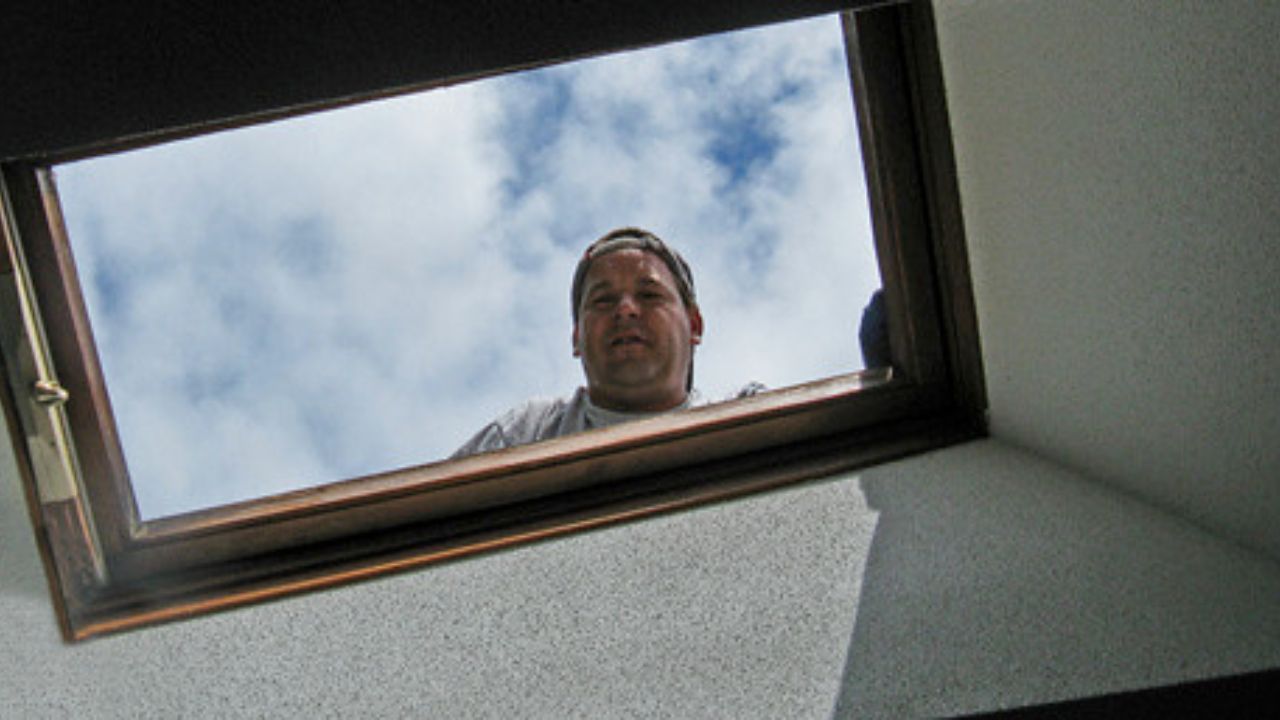
If you’ve ever gazed through a skylight, you know the beauty they bring to a space. But do all skylights eventually succumb to leaks? The answer may surprise you. By exploring the common causes of leaks, understanding the signs to watch for, and learning preventative maintenance tips, you can discover how to keep your skylight shining bright without the worry of unwanted drips. Stay tuned to uncover the secrets to maintaining a leak-free skylight for years.
Common Causes of Skylight Leaks
Skylight leaks commonly occur due to improper installation, inadequate flashing, or deteriorated sealants. When a skylight isn’t installed correctly, it can lead to gaps or spaces where water can infiltrate during rain or snow. Proper flashing around the skylight is vital to prevent water from seeping around the edges. Flashing acts as a barrier, directing water away from vulnerable areas.
Over time, sealants used in skylight installations can degrade due to weather exposure, causing them to lose their waterproofing properties. This deterioration can result in water finding its way into your home through the skylight.
To prevent skylight leaks, it’s important to make sure that a professional who follows manufacturer guidelines installs the skylight. Regular inspections of the flashing and sealants should be conducted to identify any signs of wear and tear. By addressing these common causes promptly, you can maintain a leak-free skylight and enjoy the benefits of natural light without worrying about water damage.
Signs of Skylight Leakage
If water is seeping into your home around a skylight, you may notice telltale signs of leakage, such as water stains or dampness on the ceiling or walls. These signs shouldn’t be ignored, as they can lead to more significant issues if not addressed promptly.
Here are three key indicators that your skylight might be leaking:
- Visible Water Stains: Water stains on the ceiling or walls near the skylight clearly indicate leakage. These stains may appear as discolored patches or streaks and can indicate that water is infiltrating through the skylight’s seal.
- Dampness or Moisture: Feeling dampness or noticing moisture around the skylight area, especially after rain, suggests that water is entering your home. This dampness can lead to mold growth and structural damage if left unresolved.
- Peeling Paint or Wallpaper: If the paint or wallpaper near the skylight is peeling or bubbling, it could be due to water seepage. This deterioration is a strong indication of a leak that needs attention to prevent further damage.
Preventing Skylight Leaks
To prevent leaks in your skylight, regularly inspect the sealant for any signs of wear or damage. The sealant plays an important role in keeping water out, so ensuring its integrity is vital to maintaining a leak-free skylight. Look for any cracks, peeling, or gaps in the sealant and address them promptly to prevent water infiltration.

Additionally, check the surrounding roof area for any debris or buildup that could impede proper drainage. Clogged gutters or downspouts can lead to water pooling around the skylight, increasing the risk of leaks. Keeping the roof clean and free of obstructions can help water flow away from the skylight and reduce the chances of water seeping in.
Lastly, consider applying a fresh coat of sealant every few years as part of your skylight maintenance routine. This proactive measure can help fortify the seal and prolong the lifespan of your skylight. By staying vigilant and taking preventative actions, you can enjoy a watertight skylight for years to come.
Maintenance Tips for Skylights
Regularly inspecting and maintaining the sealant integrity is essential for guaranteeing the longevity and performance of your skylight. Skylights can provide natural light and ventilation, but neglecting maintenance can lead to leaks and inefficiencies.
Here are three vital maintenance tips to keep your skylight in top condition:
- Check Sealant Regularly: Inspect the sealant around your skylight for any cracks or gaps that could allow water to seep through. If you notice any damage, promptly reseal those areas to prevent leaks.
- Clean the Skylight: Regularly clean your skylight’s interior and exterior to remove dirt, debris, and any potential blockages. Keeping the skylight clean helps maintain its efficiency and prevents issues that could lead to leaks.
- Monitor Surrounding Roof Area: Pay attention to the roof’s condition surrounding your skylight. Ensure there are no missing shingles, signs of water damage, or other issues that could indirectly impact the integrity of your skylight. Addressing roof problems promptly can prevent leaks and prolong the life of your skylight.
Frequently Asked Questions
Are Skylights Prone to Leaking in Specific Weather Conditions?
In specific weather conditions, skylights can leak due to heavy rain, ice dams, or snow accumulation. Proper installation, maintenance, and using quality materials can help mitigate this issue.
What Are the Costs Associated With Repairing Skylight Leaks?
When fixing skylight leaks, expenses vary based on factors like the extent of damage, materials needed, and labor costs. Prices range from $200 for minor repairs to $1,500 for extensive fixes. Evaluate quotes carefully for transparency.
Can Skylight Leaks Cause Damage to the Interior of a Home?
Skylight leaks can indeed cause significant damage to the interior of your home. Water intrusion can lead to stains, mold growth, and even structural issues if left unchecked. Regular maintenance and timely repairs are essential.
How Often Should Skylights Be Inspected for Potential Leaks?
Regularly inspect skylights to prevent leaks. A stitch in time saves nine. Check for cracks, gaps, and proper sealing. Address issues promptly to avoid costly repairs. Remember, prevention is better than cure. Stay ahead!
Are There Any Insurance Policies That Cover Skylight Leak Damages?
You can find insurance policies that cover skylight leak damages. Check with your insurance provider to understand the specific coverage options available to you. Confirm your policy includes protection for potential skylight issues.